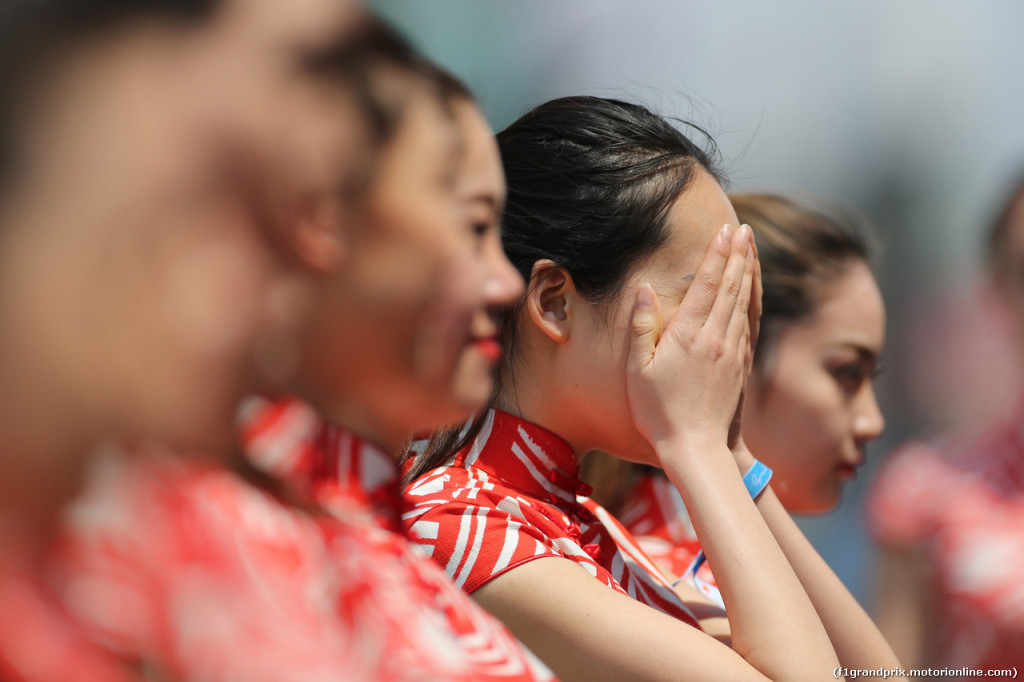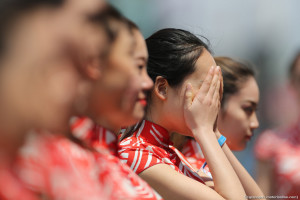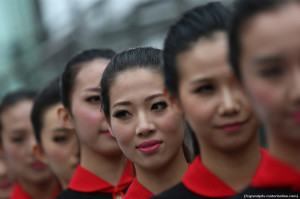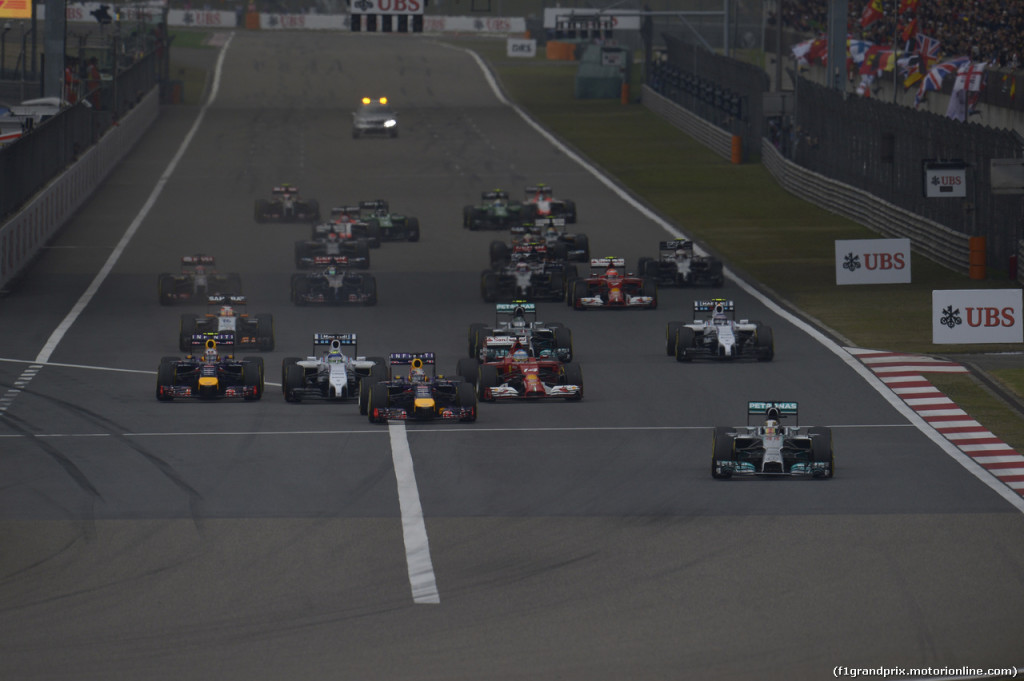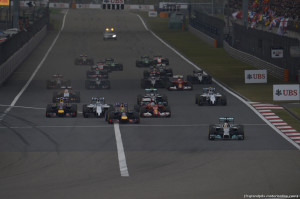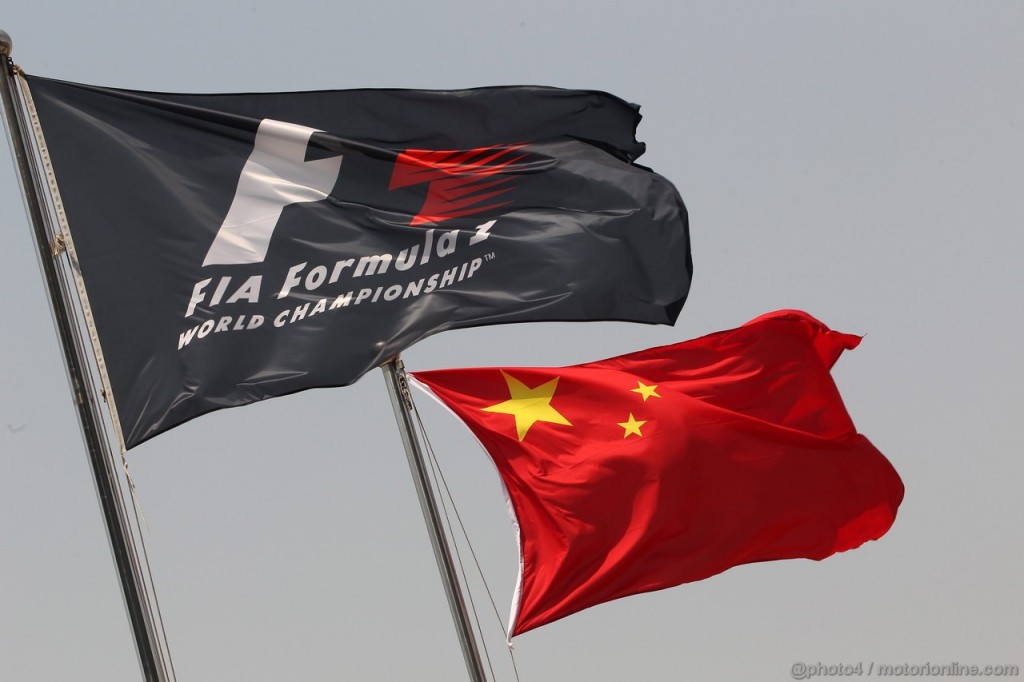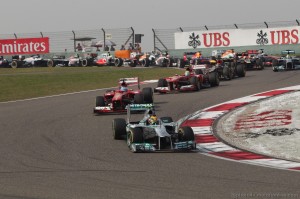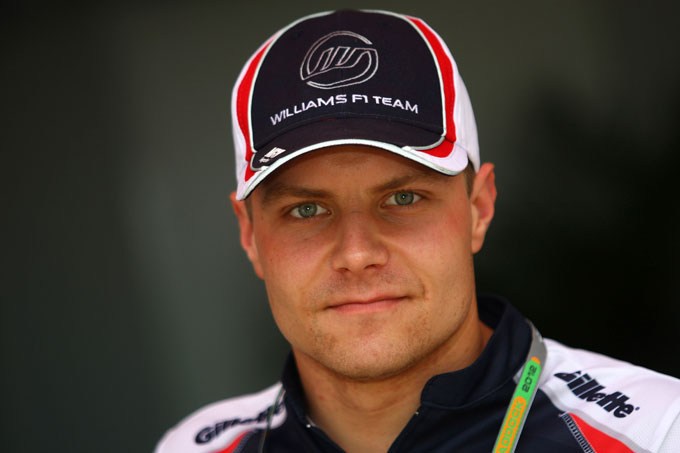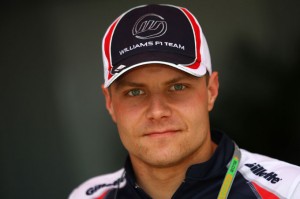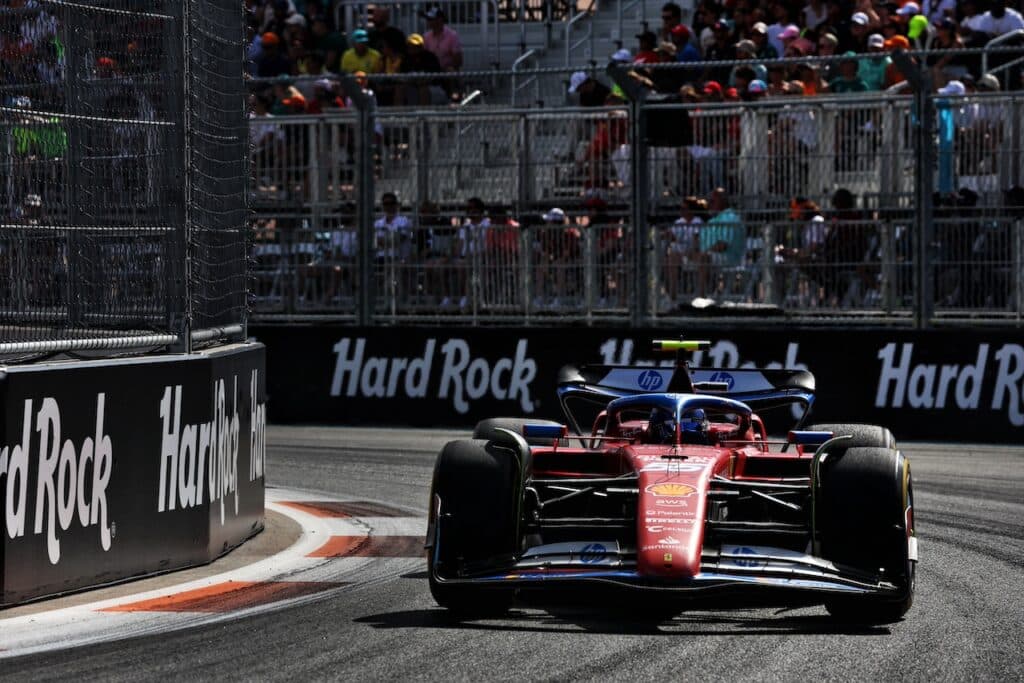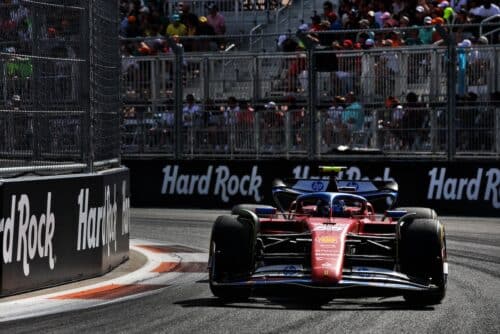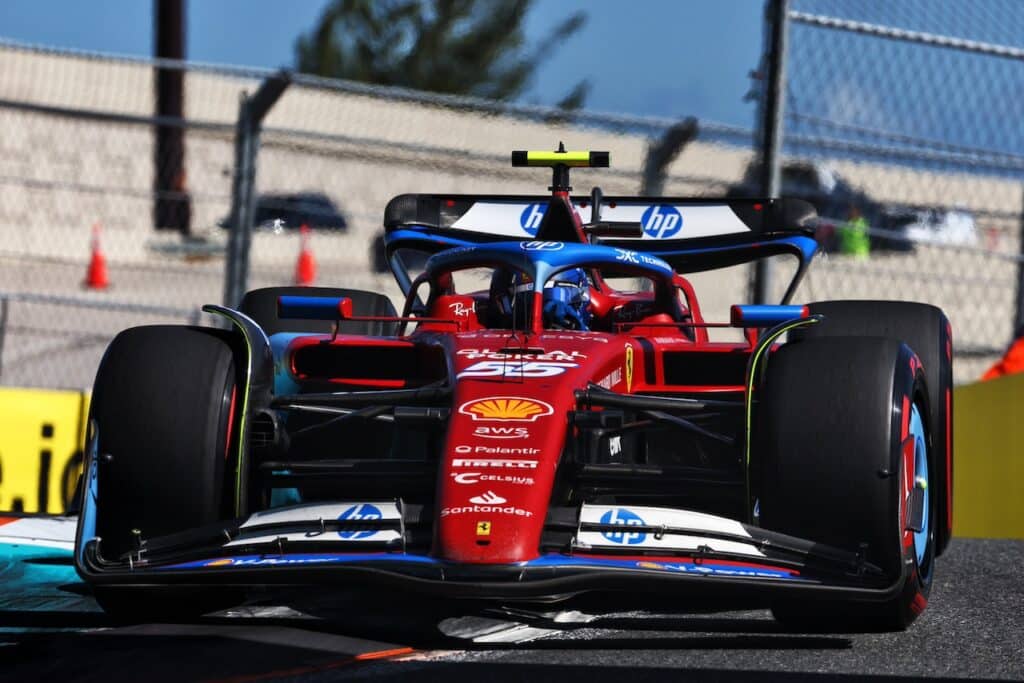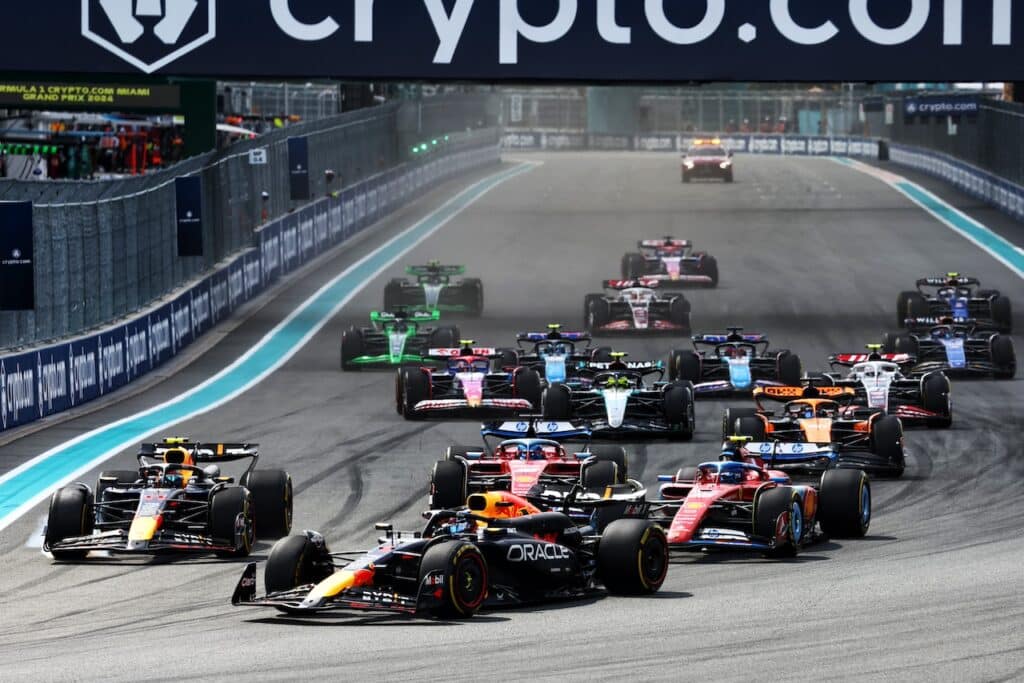Ferrari at the Chinese GP, Fry: “Still a long way to go”
The Red team is still 8 tenths of a second from the best according to the technical director
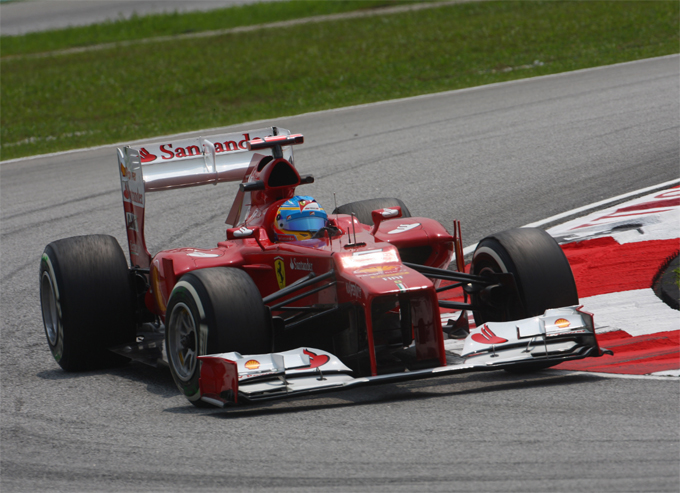
Even before the end of the winter tests in Spain which took place in February, the media and Formula 1 experts were talking about the "crisis" of Scuderia Ferrari: certainly not a new word, having been used many times in the 62-year history of the most successful team of this sport. Furthermore, both the drivers and the Maranello management certainly did not deny that the F2012 suffered from some weaknesses, particularly in terms of aerodynamic performance and top speed. There were also some positive aspects, such as the chronic inability of the Prancing Horse cars to heat up the tires which seems to have been resolved. In Melbourne, in the first round of the championship, confirmation arrived that the F2012 was not competitive at the highest levels.
Eight days after fifth place in the Australian Grand Prix, Fernando Alonso climbed to the top step of the podium in Sepang and left Malaysia as leader of the world championship standings. How could this happen? A miracle? Lightning-fast development in a week? None of this, as DT Pat Fry explains with his usual British phlegm: “Our position is due to a series of circumstances, especially linked to the fact that Fernando took part in two great races. In Melbourne, after the problem in qualifying, the good start and the first corner put a few things right. In Malaysia the weather conditions worked in our favor and our car performed well in those circumstances: we managed to make the most of the opportunities that presented themselves. We made the right calls as a strategy and the team did an excellent job: every time Fernando pitted to change tires he managed to either gain positions or extend his lead. For Fernando it's very nice to be leading the World Championship, something I certainly wouldn't have expected a few weeks ago. From the very beginning of the tests we realized that they had some problems to solve. Everyone in the factory has worked hard but there is still a long way to go. I think our dry performance is still about eight tenths of the best. Conditions of poor grip and a damp track seem to be positive for our car and hide some of the problems: we saw this on Friday in Melbourne and then in the race in Sepang.”
While the Spanish two-time world champion sees his name at the top of the standings, his Brazilian teammate, Felipe Massa, is still without any points. “The single-seater is quite difficult to drive and Fernando managed to squeeze the most out of it while with Felipe we struggled to find the right balance to put him in the best conditions” – admits Fry – “Also, in Malaysia when Felipe was with the intermediates after the flag Red started to have a lot of understeer and so we took the risk of making an extra stop, which didn't pay off. Not realizing that the tires only had graining and were not worn was the only mistake made by the wall in the last race. It was a shame for Felipe, another unfortunate circumstance for him.”
“If I had to judge the overall performance of the Scuderia to date I would have to give different judgments for the different areas” – continues Fry – “The team and the mechanics on the track have worked very well: in Melbourne we made the fastest pit stops and in Malaysia the performance in the pit lane and the strategy allowed us to gain positions or time on the others at every stop. If I had to rate the car's performance then it would be much lower. Another positive vote concerns the team's reaction to the stress of catching up. Production, for example, responded very well to very aggressive requests in terms of development. There is a great effort from everyone but we certainly didn't do a great job in putting an immediately fast car on the track.”
Technical development usually proceeds on two tracks. On the one hand there is the planned long-term program, on the other there are the actions resulting from experience on the track. At this moment there is also a third path, mainly determined by the performance delay, which involves an acceleration in development through the introduction of updates to the car earlier than initially planned. “We try to constantly improve in the areas where we have problems” – explains the English coach – “Some new solutions are arriving and we try to bring them to the track as soon as possible. In China we will have five updates, some visible, others much less and then there will be a more significant package in Spain. It would be nice to have it sooner but some of the innovations from Shanghai were already actually planned for Spain.”
It's clear that Fry's attention is focused exclusively on his team but that doesn't stop him from making an initial assessment of the hierarchies after the opening two races: “I was a bit surprised by the relative lack of pace of the Red Bull compared to the McLaren: they were very fast but a month ago I thought that the positions would be reversed between these two teams" - he explains - "Mercedes seems very fast but they have a tire degradation problem similar to that of the past: excellent in qualifying, they struggle in competition. Lotus has made a good step forward, after all it was fast from the first test.”
There have been eight editions of the Chinese Grand Prix to date and Scuderia Ferrari has won three of them: the first with Rubens Barrichello coincided with the inaugural event and then came the successes of 2006 with Michael Schumacher and 2007 with Kimi Raikkonen. Fernando won from pole in 2005 when he was at Renault and then finished second in the following two years. Felipe Massa also enjoyed the view from the magnificent podium at the Shanghai International Circuit, finishing third in 2007 and taking a step forward the following year.
The Shanghai route is just under five and a half kilometers long and the plant symbolizes China's desire to establish itself as a leading economic power in the world. It is one of the most demanding circuits among those designed by Hermann Tilke, with several very long corners that generate high lateral accelerations: good balance and braking stability are fundamental aspects for having a competitive car. Pirelli will make the Soft and Medium compounds available but the rather smooth surface does not make the track very demanding on the tyres. The track is not used very often: on Friday in free practice, especially in the morning, there will be a very dirty asphalt.
“Shanghai is a track where you can find everything” – confirms Fry – “There are long slow corners where you need a good front end and where you have to brake and turn at the same time. For example, it is essential to take the first corner with a certain speed and then carry it around for the second. There are also some medium-high speed corners but above all a thirteen hundred meter long straight which, thanks to the DRS, will be an interesting point in the race.”
It wouldn't be so unusual to see rain as a protagonist in this Grand Prix, which would certainly not displease the Scuderia, given Fernando's performance in the wet in Malaysia...
if you want to always be updated on our news
Follow us here
